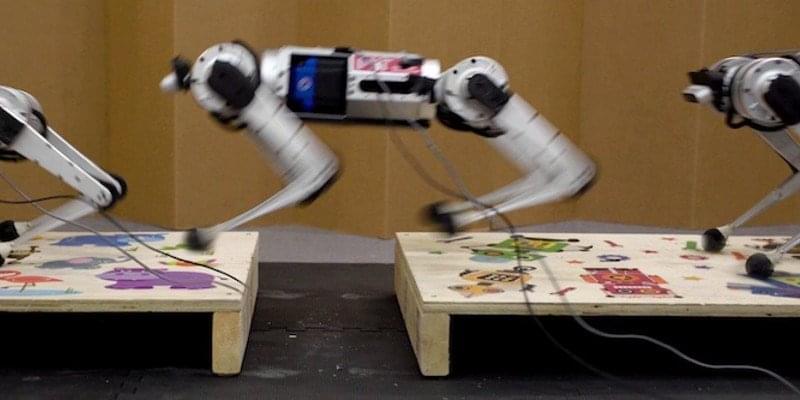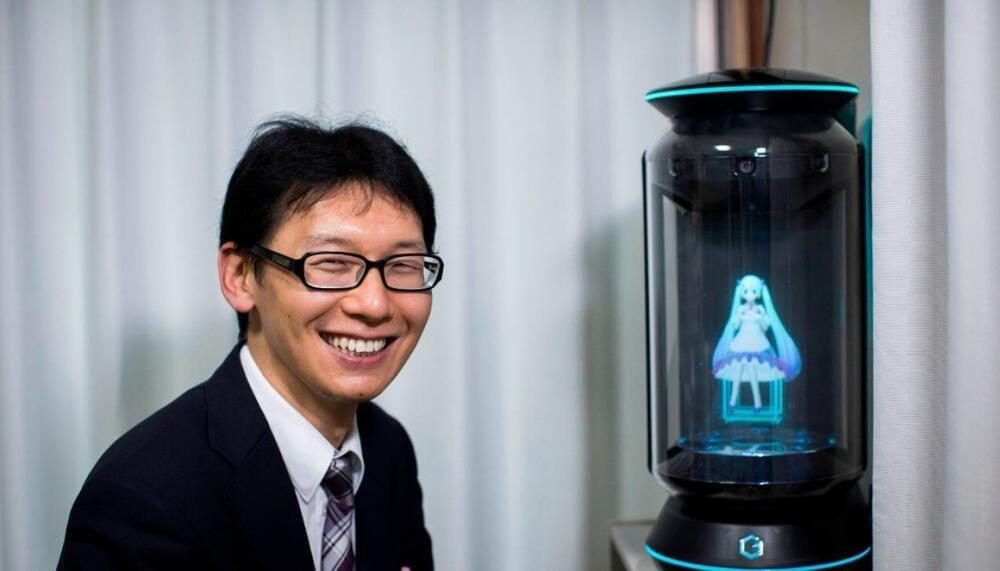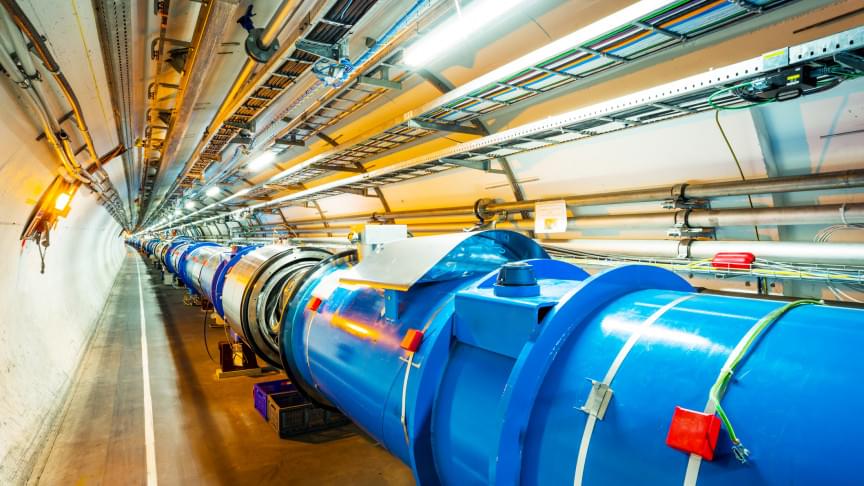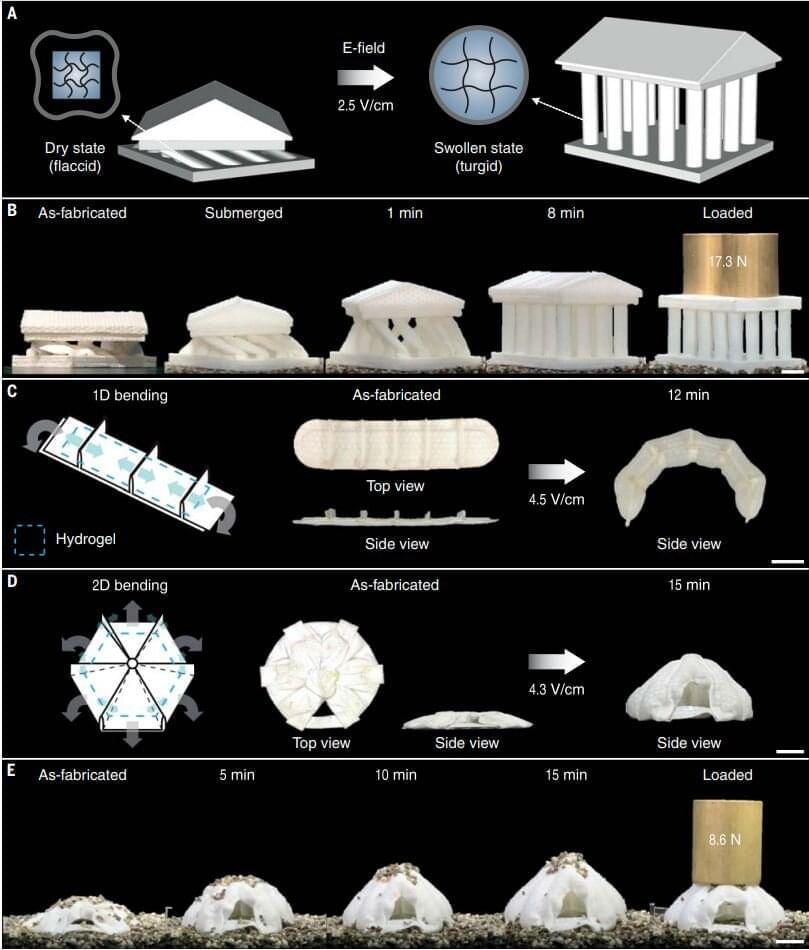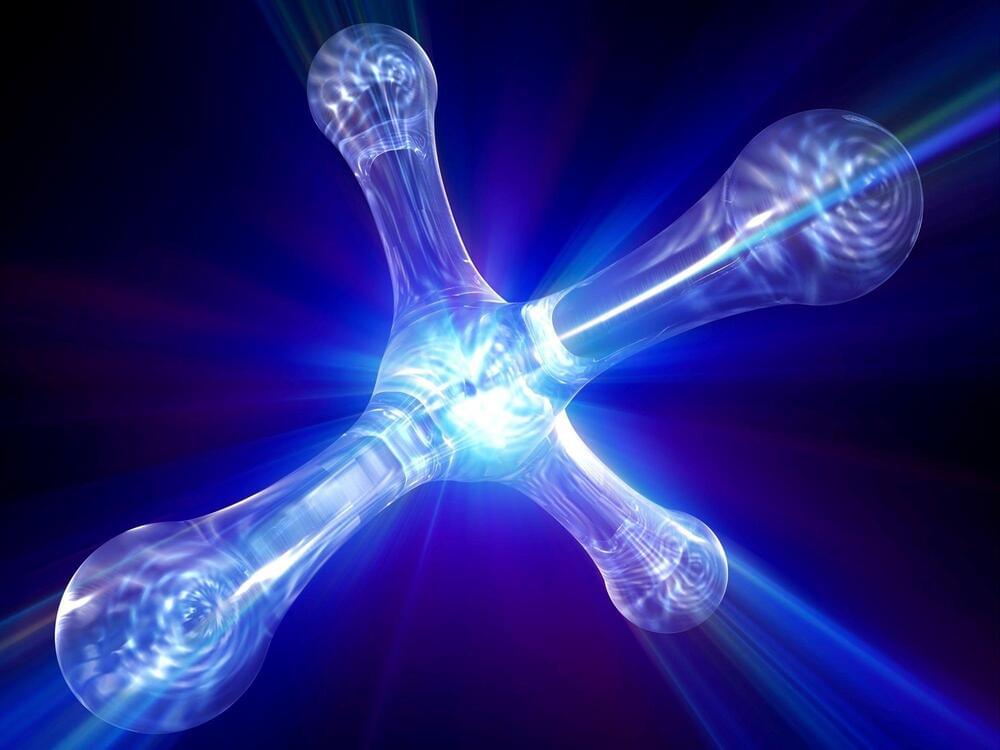Page 5188
Apr 26, 2022
Robot Highlight—Mini Cheetah Hits New Speeds
Posted by Shubham Ghosh Roy in categories: internet, robotics/AI
Highlighting recent robotics research, MIT’s robot “mini cheetah” combines the best of electronics and machine learning to zoom towards the future.
Four-legged animals have long been a popular platform for basing walking robots on. Some of the most widely internet-famous robots are the quadrupeds that have come out of the Massachusetts Institute of Technology (MIT), such as Boston Dynamics’ Spot (a spin-off of MIT bought by Hyundai) and the MIT Mini Cheetah.
Apr 26, 2022
Japanese man who married fictional character wants to raise awareness for ‘fictosexuals’
Posted by Kelvin Dafiaghor in categories: humor, robotics/AI
Kondo is one of the thousands of people who have entered into unofficial relationships with fictional characters in Japan. While some of those relationships are for a joke, Kondo’s is not.
He has publicly shared his marriage and relationship with the world in hopes of helping the growing wave of fictosexuals and show the world that with advances in artificial intelligence allowing for more profound interactions their numbers are likely to increase.
Being bullied in the workplace is what drove Kondo into finding comfort in his fictional wife back in 2008 when he left work and felt isolated and depressed.
Apr 26, 2022
A superyacht captain deployed sonic weapons and ‘pain rays’ to fend off pirates armed with Kalashnikovs, worker says
Posted by Nicholi Avery in category: futurism
A superyacht captain used sonic weapons to fend off pirates, an industry insider told The Times of London.
They also deployed “pain rays,” which create a burning sensation on the skin, the worker said.
The captain used the weapons against armed pirates approaching on inflatable boats, the worker added.
Apr 25, 2022
After 3 years offline, the Large Hadron Collider immediately sets a world record
Posted by Shubham Ghosh Roy in category: particle physics
The Large Hadron Collider. xenotar/iStock
Whoosh!
After three years of maintenance and upgrades, the Large Hadron Collider — one of the most powerful scientific instruments ever built — has whizzed past its own record. In preparation for its third major run of experiments, the particle accelerator has created the most energetic beams of protons ever made by humans. The particles went racing around the 17-mile (27 km) tunnel near Geneva, Switzerland, with an energy of 6.8 trillion electronvolts (TeV).
Apr 25, 2022
Laptops alone can’t bridge the digital divide
Posted by Shubham Ghosh Roy in categories: computing, education
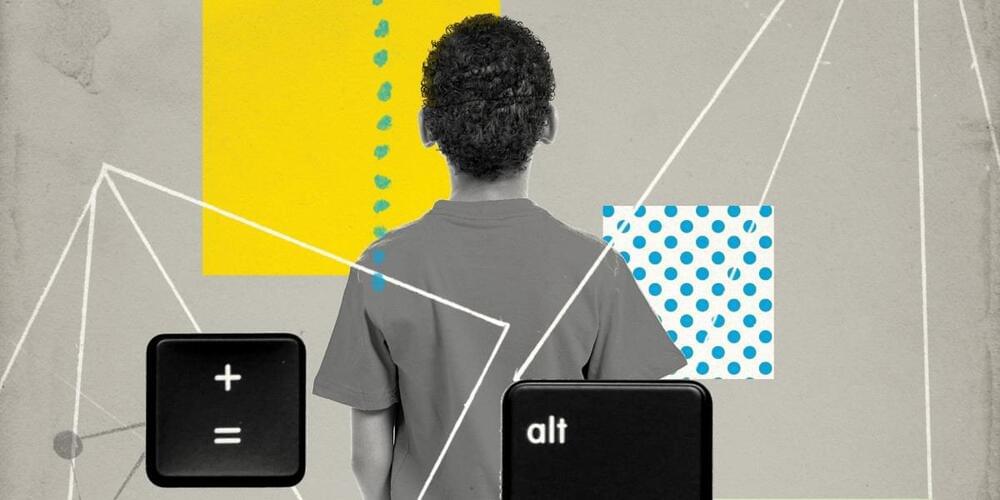
The failures of One Laptop per Child have much to teach us about fixing educational inequities.
Apr 25, 2022
Combining turgor design and electro-osmosis to create strong and fast hydrogel actuators
Posted by Shubham Ghosh Roy in categories: biological, robotics/AI
A team of researchers at Seoul National University has created a stronger and faster hydrogel actuator by combining turgor design and electro-osmosis. In their paper published in the journal Science, the group describes their approach and how well the resulting actuator performed when tested in a real-world experiment. Zhen Jiang and Pingan Song, with the University of Southern Queensland, outline some of the difficulties researchers have faced in trying to create hydrogels that imitate biological organisms and comment on the work done by the team in Korea in a Perspective article published in the same journal issue.
Hydrogels, as their name suggests, are gels made with a water base. Roboticists have been studying them closely for several years. The goal is to create soft actuators, which are deformable components that are able to interact with the environment in desired ways. To succeed, the actuator needs to be able to convert some form of energy into mechanical work, similar in some sense to human muscles. To make them more useful, scientists would like them to have stronger actuation forces than are now possible and to respond faster when the need arises. In this new effort, the researchers have taken another step toward achieving both goals.
The team created a hydrogel using standard techniques but enclosed it in a highly osmotic and stiff wrapping. The stiffness was designed to contain a swelling environment as a liquid made its way into the turgor cell-like construction. This allowed pressure to build up, and as it did so, it exerted a force against nearby objects. Testing of the cell showed it created enough force (730 N) to split a common building brick. The researchers note that such force was approximately 1,000 times greater than any other known hydrogel. And to speed up the action, the researchers applied an electric current, which drove the actuation speed to 19 times that of its normal osmotic rate.
Apr 25, 2022
Northern Virginia Highway Plans Would Fuel a Massive Increase in Driving
Posted by Shubham Ghosh Roy in categories: energy, transportation
North Virginia will make multi-billion dollar decisions this year on the region’s transportation future—decisions that are only going to induce more driving.
Apr 25, 2022
A Decade of Science and Trillions of Collisions Show the W Boson Is More Massive Than Expected — A Physicist Explains What It Means
Posted by Shubham Ghosh Roy in categories: particle physics, science
“You can do it quickly, you can do it cheaply, or you can do it right. We did it right.” These were some of David Toback opening remarks when the leader of Fermilab’s Collider Detector unveiled the results of a decade-long experiment to measure the mass of a particle known as the W boson.
I am a high energy particle physicist, and I am part of the team of hundreds of scientists that built and ran the Collider Detector at Fermilab in Illinois – known as CDF.
After trillions of collisions and years of data collection and number crunching, the CDF team found that the W boson has slightly more mass than expected. Though the discrepancy is tiny, the results, described in a paper published in the journal Science on April 7, 2022, have electrified the particle physics world. If the measurement is indeed correct, it is yet another strong signal that there are missing pieces to the physics puzzle of how the universe works.
Apr 25, 2022
Hackers say cracking power grid tech was easiest challenge yet
Posted by Shubham Ghosh Roy in categories: cybercrime/malcode, energy
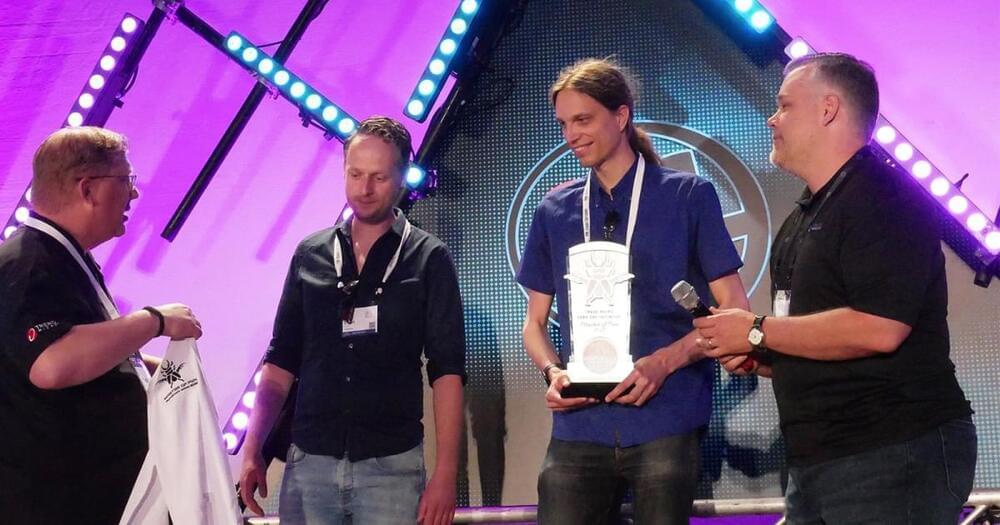
During an industrial control systems hacking challenge, a Dutch team won $40,000 for cracking tech used to control the power grid.

